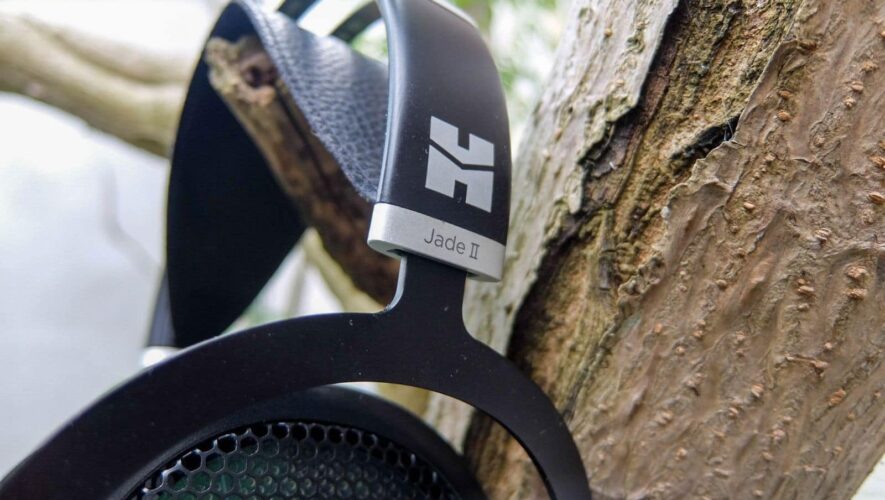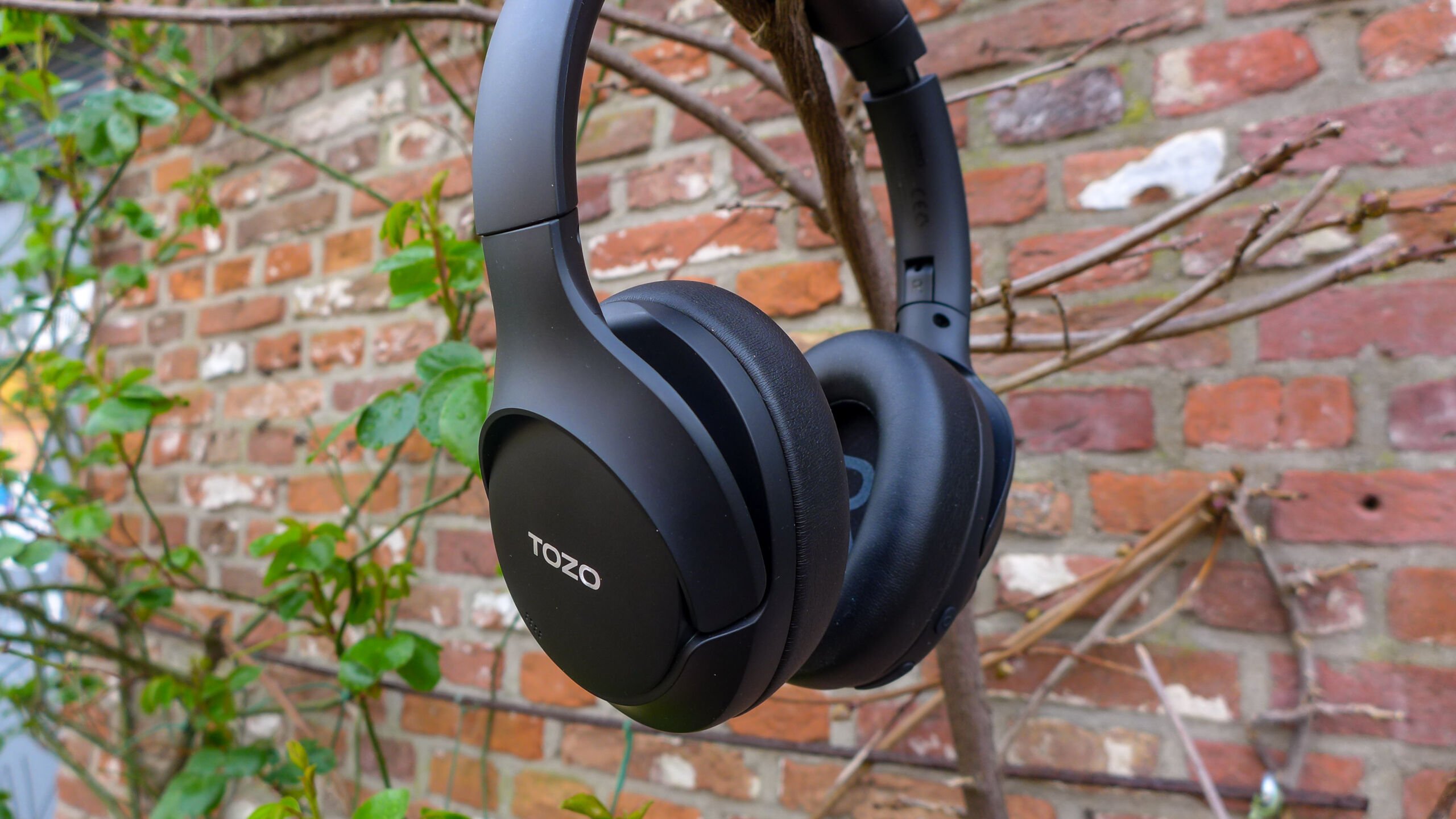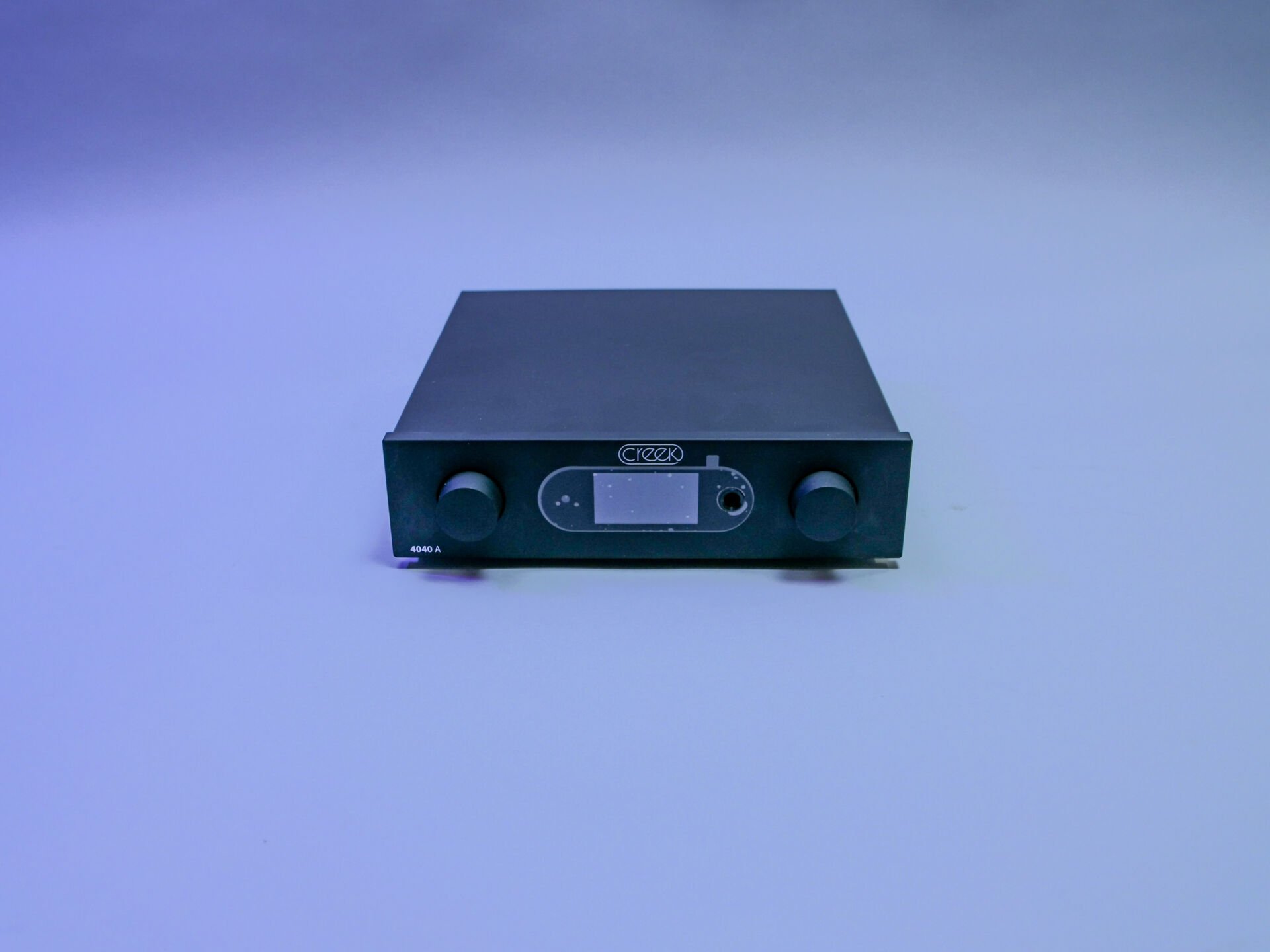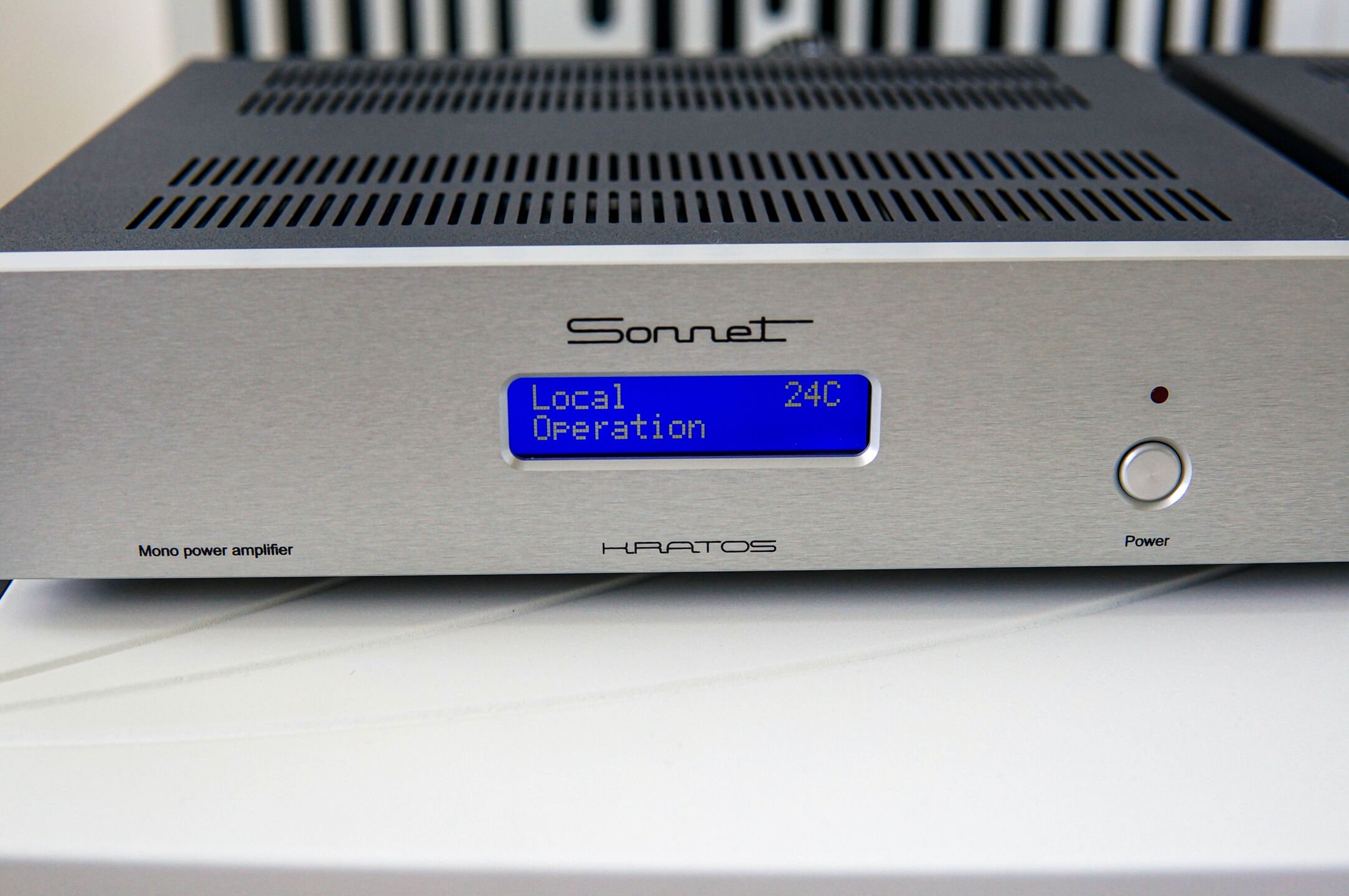

Intro
Contents
Electrostatic headphone systems are outsiders in Headphone-land. Japanese Stax has been making exclusively electrostatic headphones since the 1970s and is almost a loner. Sennheiser’s top model, the Orpheus II, is an electrostatic set for which you have to pay no less than € 60,000. Hifiman also has an electrostatic top model at about the same price. It’s an understatement when we assert that electrostatic headphones are a rarity in the audio store. There actually are reasonably priced models on the market. Therefore, we put the ‘entry-level’ of Hifiman’s electrostate-lineup, the Hifiman Jade II, to the test.
Already in 2008, a year after founding Hifiman, Dr. Fang Bian came up with the first version of the Jade. In Chinese culture, jade is something special. It is a favourite gift in the form of jewellery or sculptures; jade is a symbol of beauty, sincerity and strength. Can you feel it? Hifiman has three electrostates in the product line up. The Jade tested here, the Shangri-La Jr (€ 8,000) and the Shangri-La (€ 50,000). All three models come with headphones and a matching amplifier.
Electrostatic/Magnetostatic
What is the difference between electrostatic and planar (magnetic) systems? Actually, the name says it all. With electrostatic headphones, an electric current provides the required voltage on the membrane; in planar headphones, the current is generated by magnets. The voltage on electrostatic cans no less than 550-650V. This is the reason why the headphone plugs of electrostates are different from the usual plugs. Imagine cranking such a voltage on your regular headphones; they would be roasted.
The design of electrostatic states has a number of advantages: to start with, a very large frequency range. Typical measurement results of electrostatic headphones are 7 Hz to over 100,000 Hz. Extremely low distortion because the driver is wafer-thin. A figure that often pops up is that the distortion of reference models of traditional drivers (speakers and headphones) is still 30 times higher than that of electrostats.
Where there are advantages, there are also disadvantages such as bass reproduction. Although electrostats have already made considerable progress in this respect, it is a fact that these systems perform optimally with acoustic music, singer/songwriter, jazz and pop-rock. Fans of Slayer, Metallica and Rammstein can buy electrostatic systems that fullfil their needs in terms of oomph but these are also very expensive; expect to pay at least 5,000 euros or higher.
PRAT
To make a long story short, electrostatic headphones have a high score on the four critical elements of good sonic reproduction: Pace, Rhythm, Accuracy & Timing or PRAT. In music reproduction, timing is essential; in an article on transient information, we wrote more extensively about this. If your PRAT is right, then something similar to being touched by a painting, tasting a dish, drinking excellent wine; everything is right and another dimension unfolds. This phenomenon can also be observed by critics of audio equipment; there is immediate relaxation, the notepad (or laptop) remains untouched, there is only the desire to listen to more music. Lovely.







